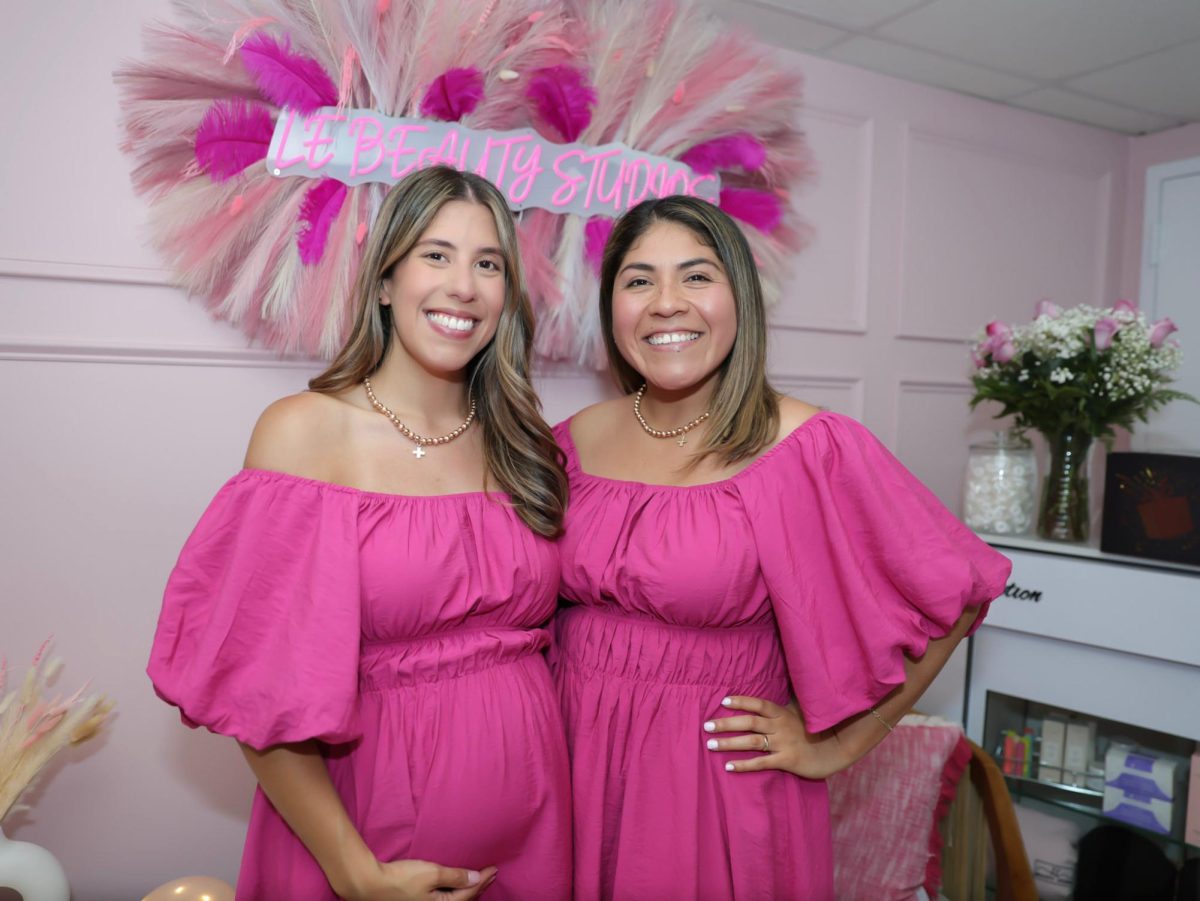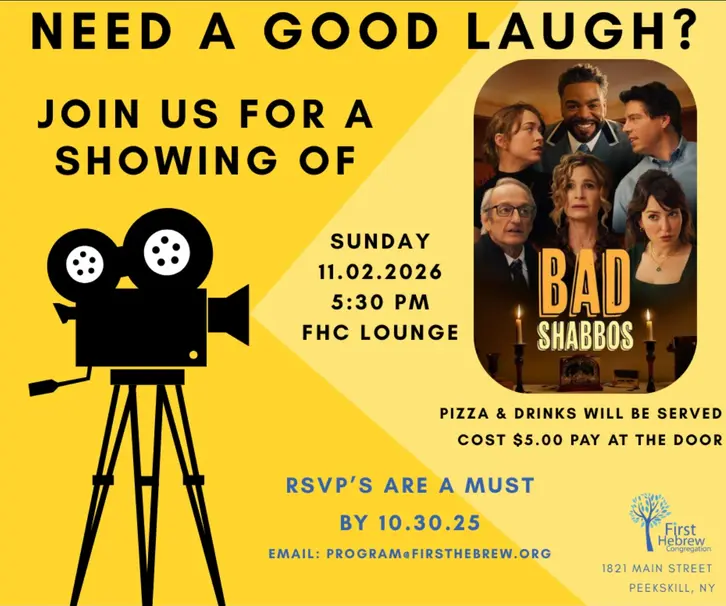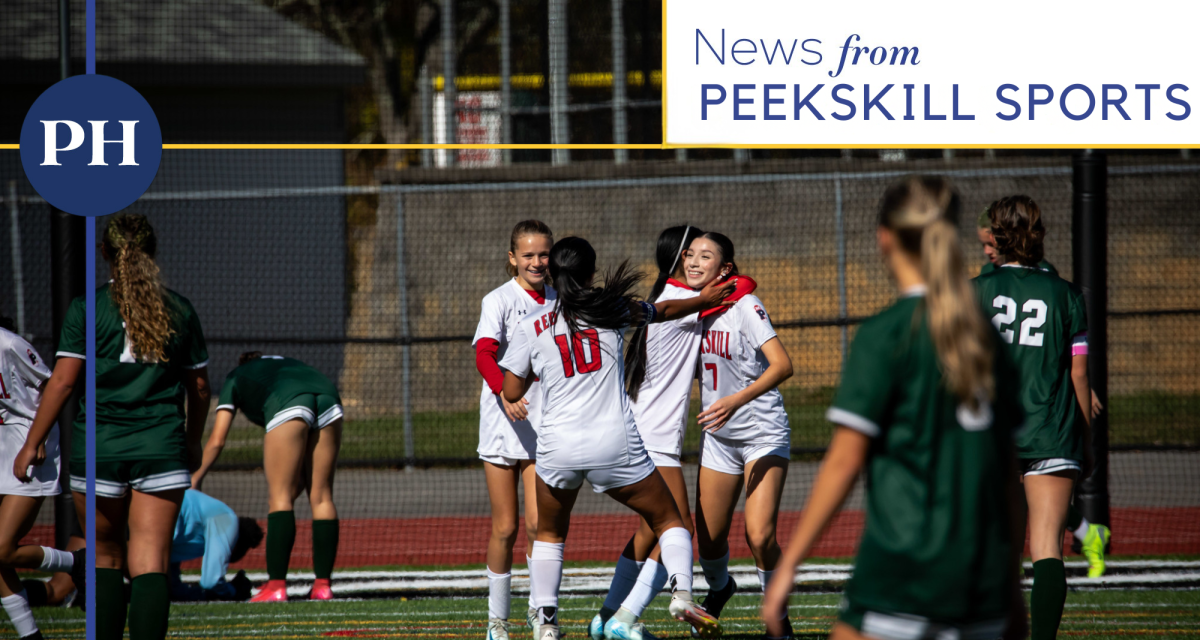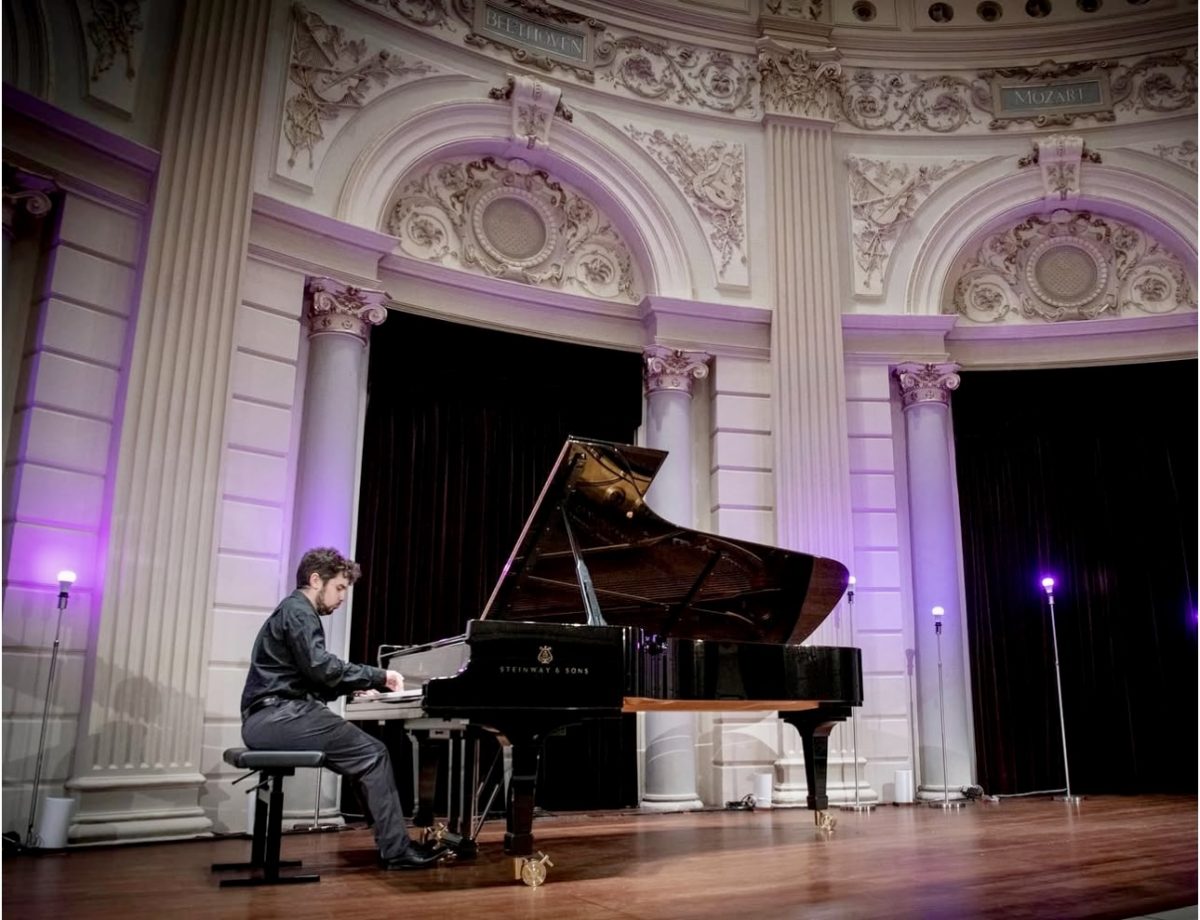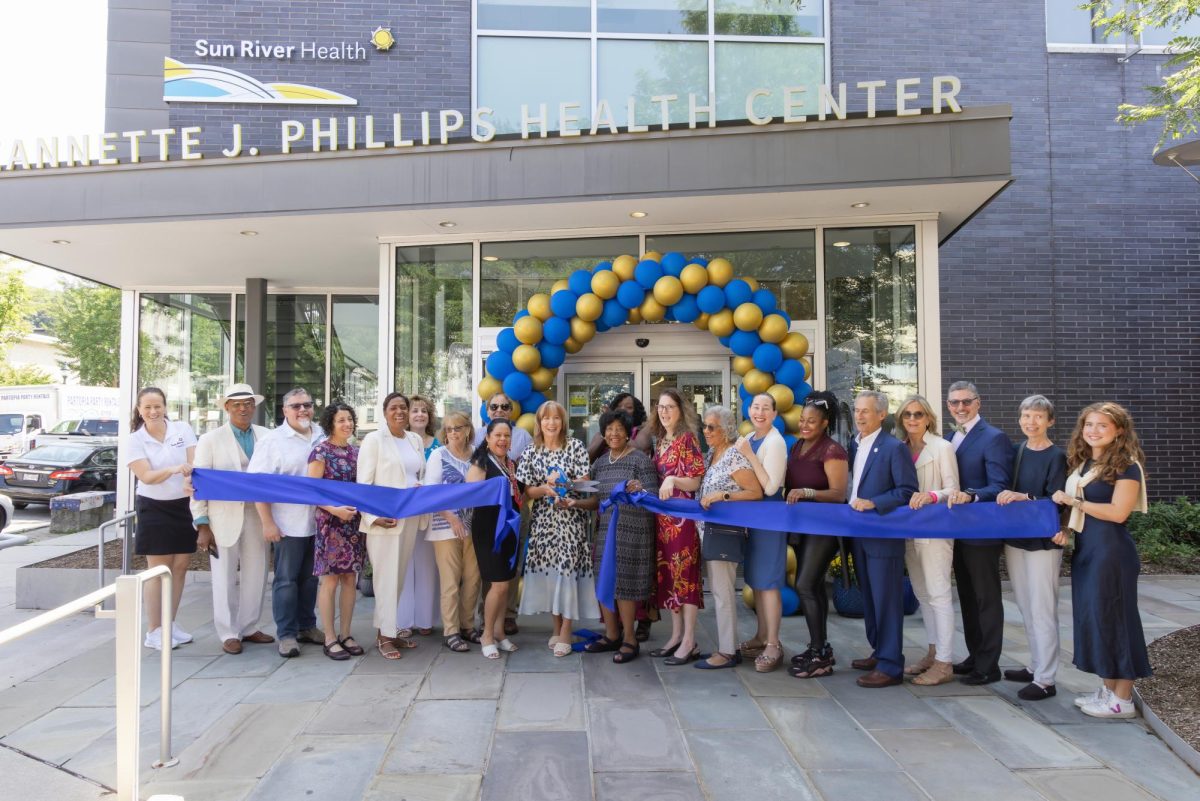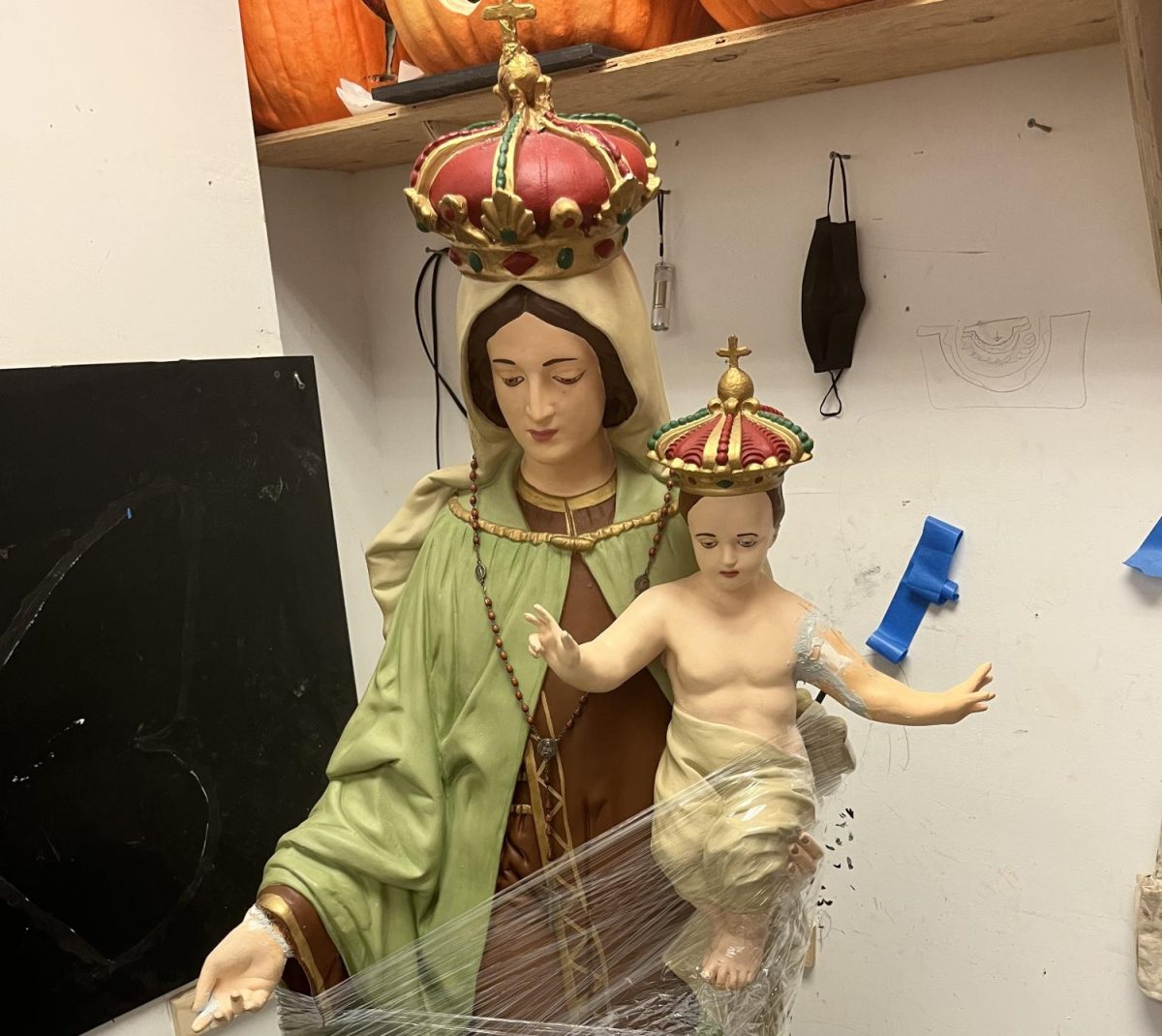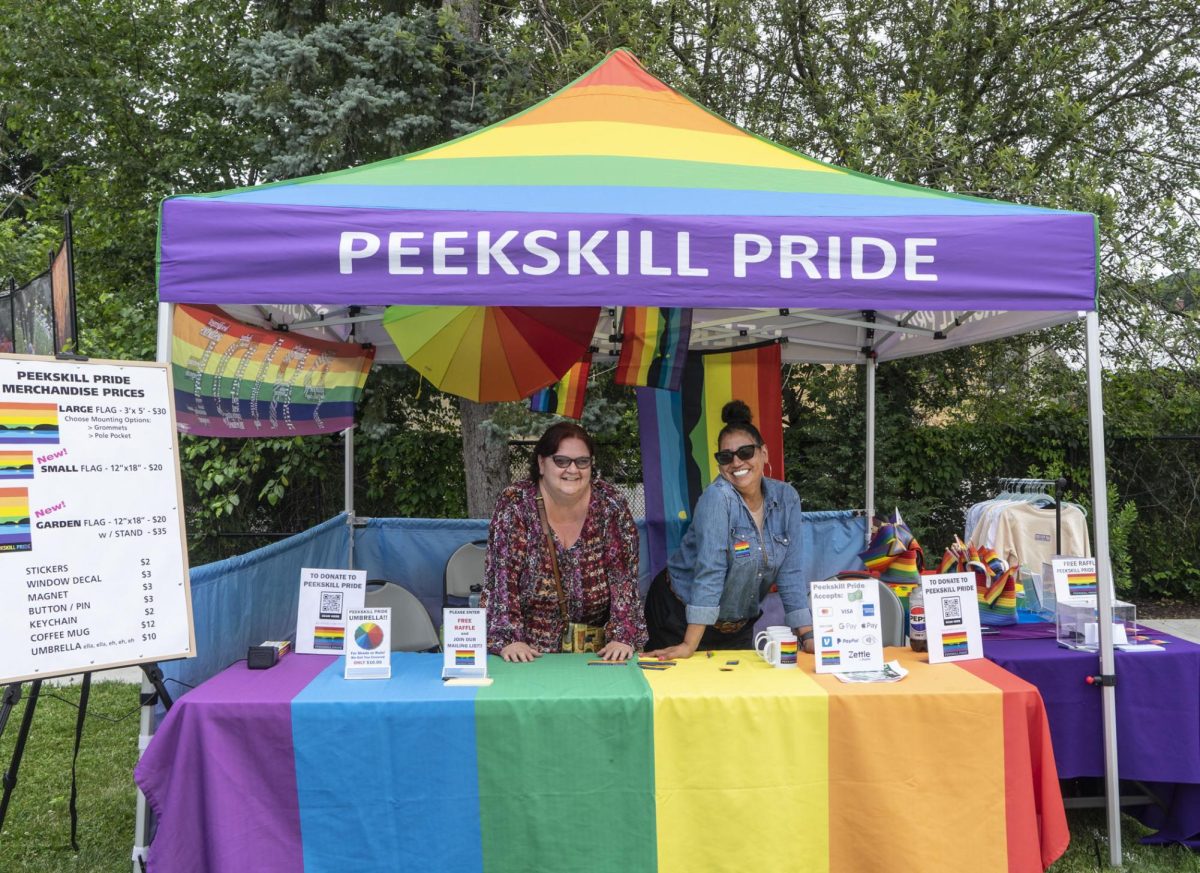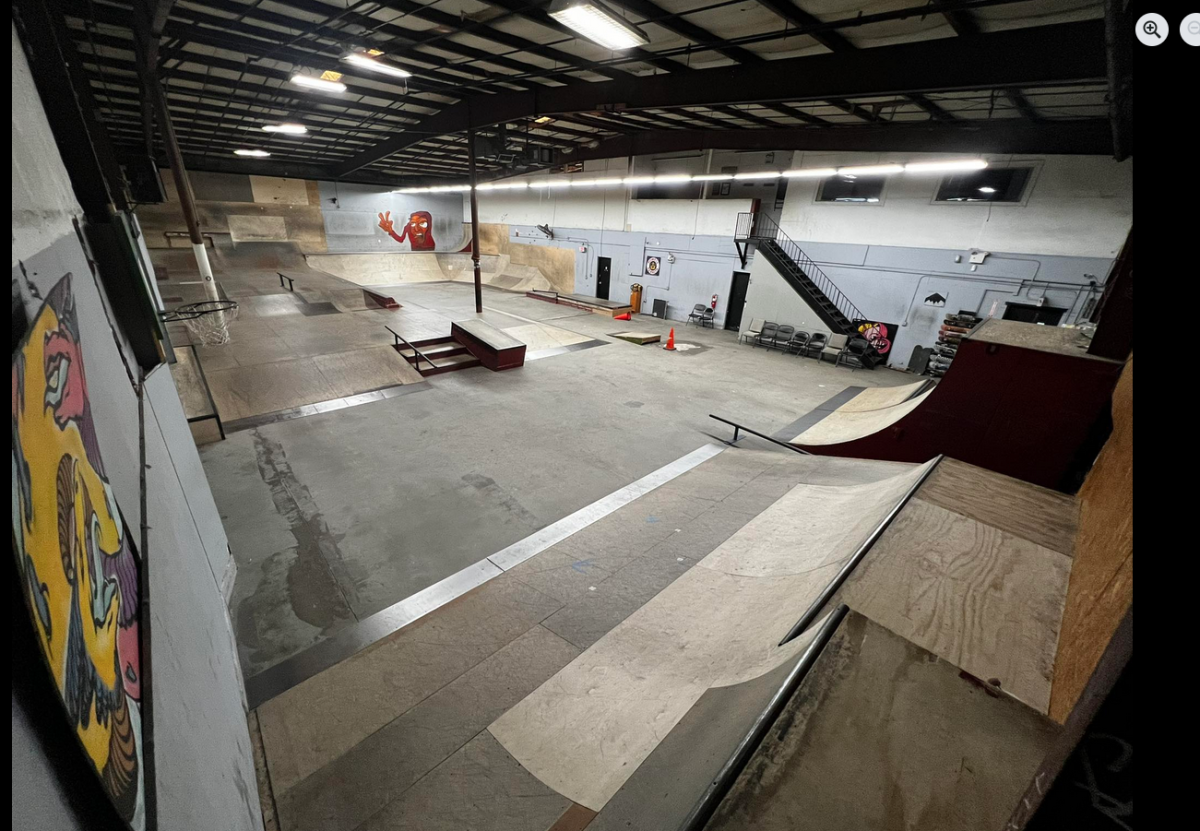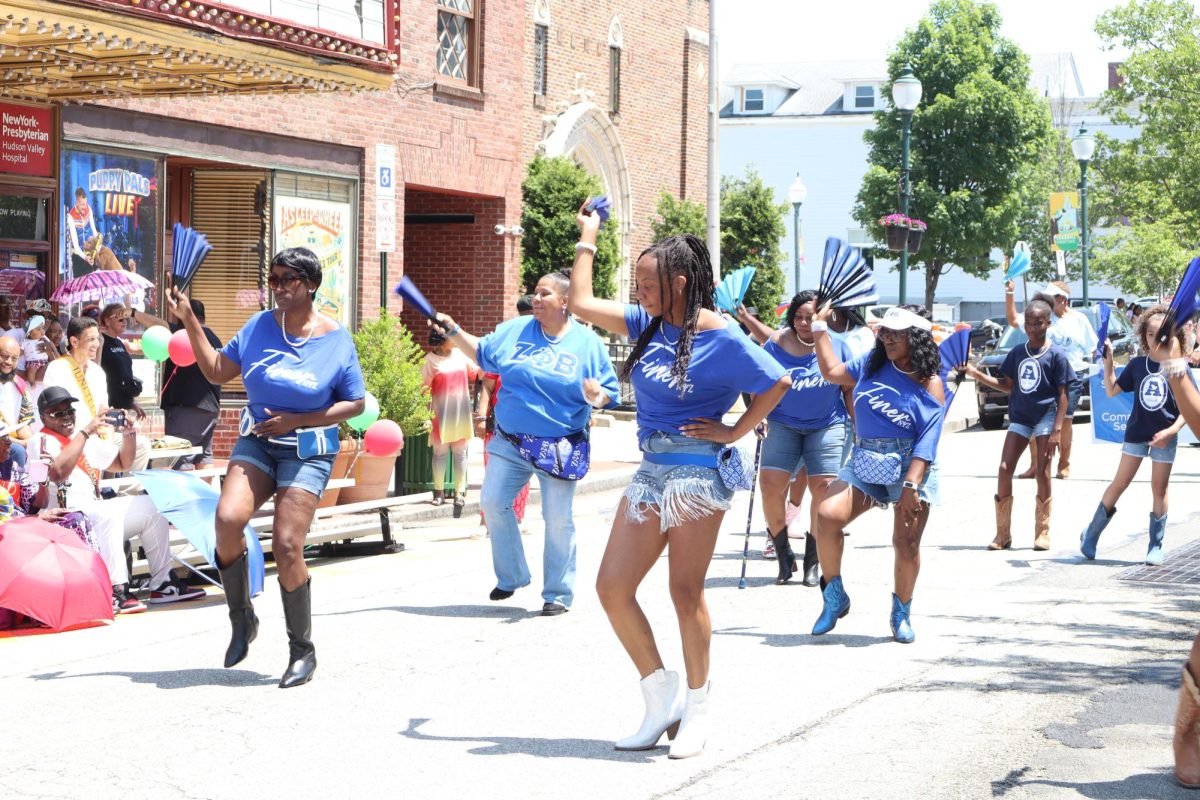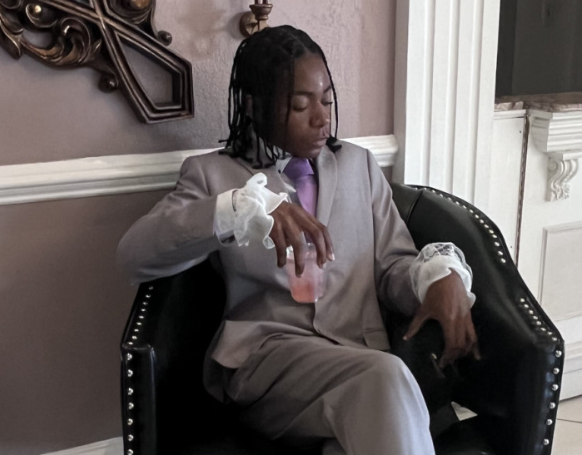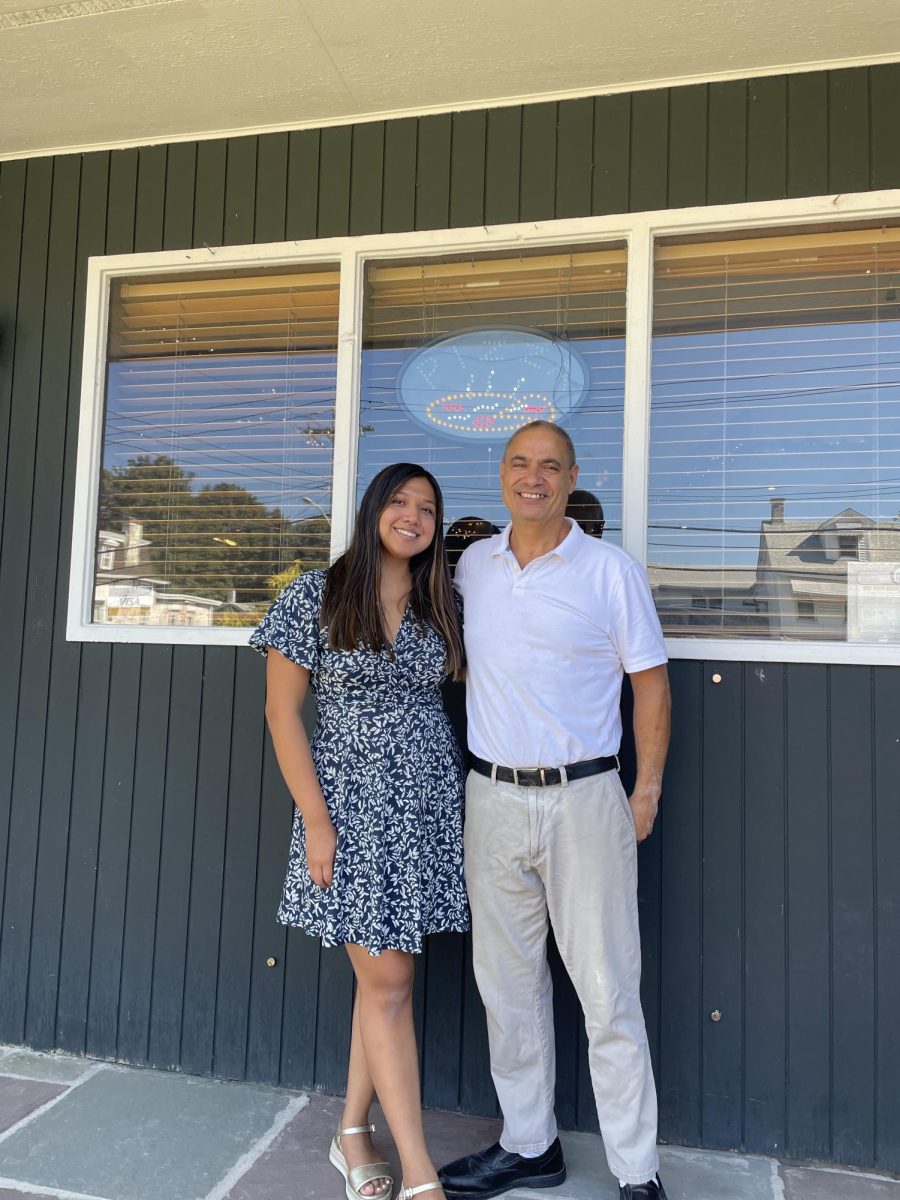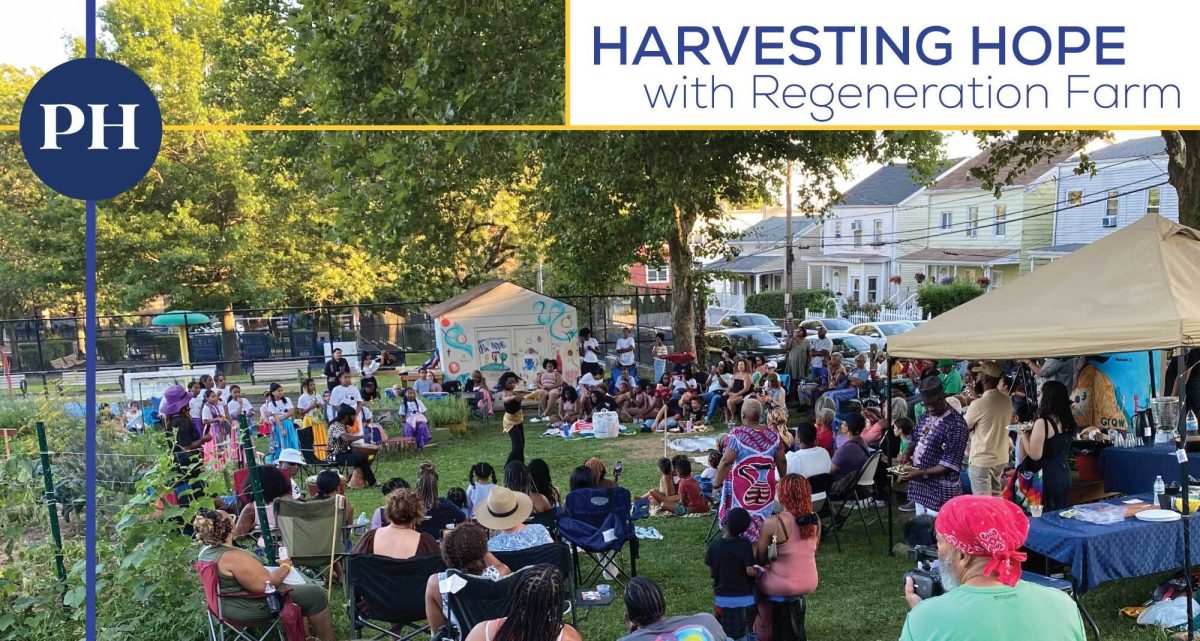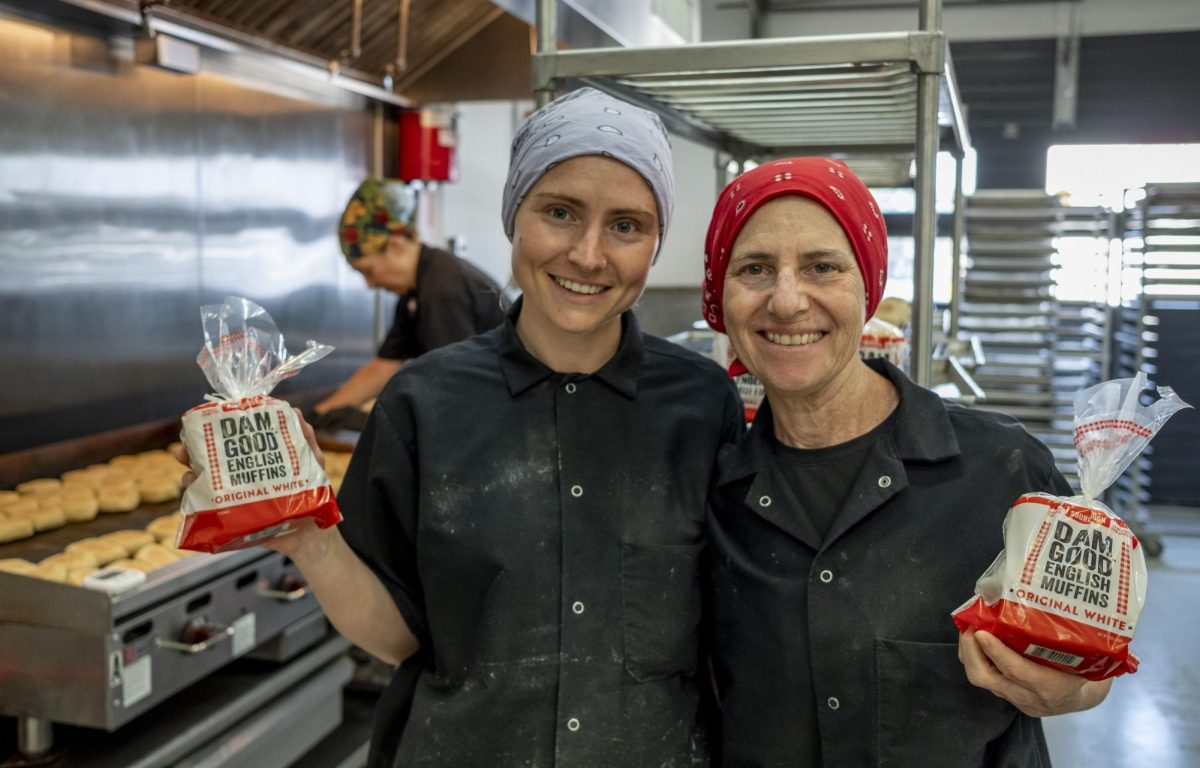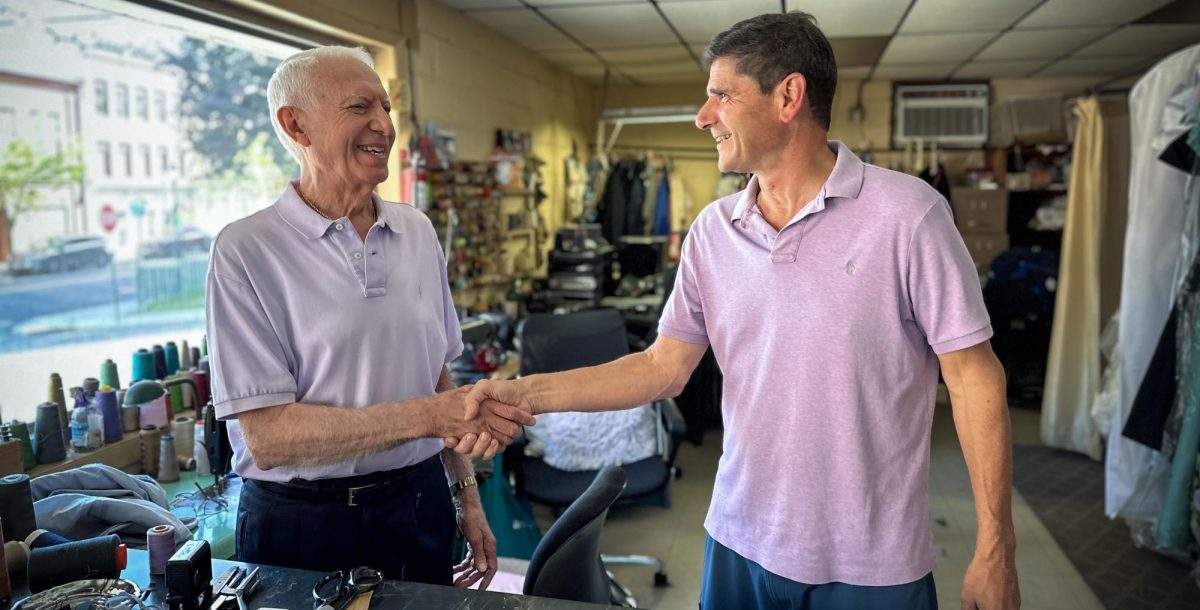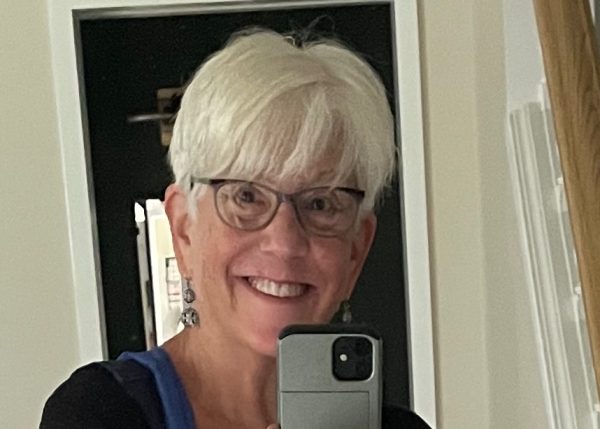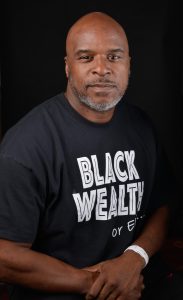
Earlier this year, The Library of Congress hosted arguably the largest dance party ever held at the revered institution.
It was Black History Month, and hundreds of dancers, choreographers, instructors and supporters flocked to Washington, DC, to celebrate the official archiving of a first-of-its-kind project: Soul Line Dancing in Philadelphia, New Jersey and Delaware as an American folk-art form.
On Feb. 27, the day of the Library of Congress event, Good Morning America aired nearly eight minutes of line-dance fun featuring some of the dancers who participated in the Library’s celebration. The show’s hosts got their first line dance lesson, learning “Boots on the Ground,” one of today’s most popular line dances.
The project was spearheaded by Queen Nur (Karen Abdul-Malik), executive director of IN FACT, Innovative Solutions through Folk Art, Culture and Tradition. The project was funded with a grant from the Library of Congress, which determined that soul line dancing deserved recognition for its impact on American culture and society.
The collection, now archived, is comprised of oral histories with soul line dance practitioners, instructional classes, photographs of events and interviews.
One of the hundreds of people who traveled to the Washington event was Peekskill’s own Steve Dillard, line dance instructor and passionate promoter of this art and exercise form. Well known among Westchester’s line dance community, Dillard has almost single-handedly nurtured and facilitated the growth of soul line dance in the county during the past 10 years.
Line dance in America, at least among the white population, has long been associated with cowboy music and western dress. Soul line dance is similar in technique (it features choreographed steps performed in lines), but it uses music that sprouted from Black roots—soul, R&B, hip-hop, and gospel. Far from being an invention of lonely cowboys out on the range, soul line dance is an extension of a long history of African and Caribbean cultural expression dating back hundreds of years.
The progression of social, or group, dancing, of which line dance is a part, continued throughout both world wars and into the 1950s when “The Stroll,” also derived from the Black community, jumped the line into the mainstream of the country via the weekly television show American Bandstand.
In the 1970s, when musical tastes turned to disco and funk, line dance began to evolve to meet the moment. Dance enthusiasts took up its latest evolution, the “Electric Slide.”
The past few decades have seen yet another version of line dance take form; soul, or urban, line dance has become popular not only as a communal dance experience but as an unusually enjoyable cardio exercise done to rhythmic music.
Boomers have particularly embraced this music-based exercise: It can be non-impact or intensive, and moving in synch with a roomful of others can be a meditative experience. The younger generation is coming up too. Even Saturday Night Live aired a segment that featured line dance.
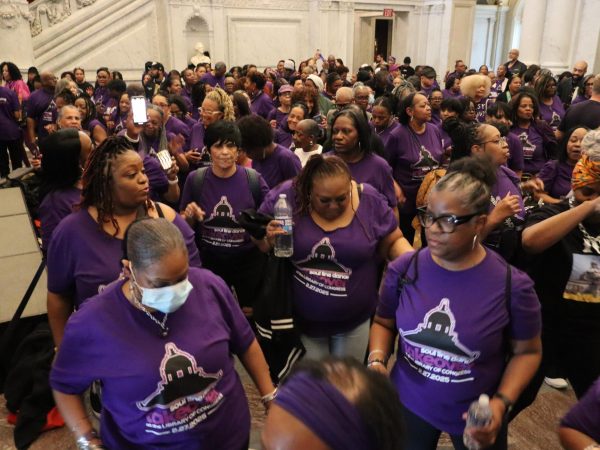
Steve Dillard, 56, is a lifelong resident of Peekskill. One day, he ran into Earl Johnson, who was teaching line dance in Peekskill and, shall we say, the rest is history. At first, Dillard’s job was to coordinate teaching gigs for Johnson. Then he learned all the dances and started teaching classes himself as the leader of Fun Bunch Line Dance. https://www.facebook.com/FunBunchLineDance
Dillard brought line dance to Newburgh and began to grow the Fun Bunch community in Westchester. About seven years ago, he started offering classes at Antonia Arts in Peekskill. In addition, he teaches weekly classes and holds dance parties in New Rochelle and Cortlandt Manor.
Elsewhere in the county, Dillard has been offering line dance at the Shames JCC in Tarrytown since 2022. As demand grew, he added a second (advanced) class since the class participants tended to return session after session.
The Fun Bunch is as much a community as it is a dance club. It’s healthy exercise that employs the brain as well as the body and offers social interaction as the cherry on top. No wonder this form of dance has been around for so long.
And it continues to grow as interest expands. Dillard currently teaches nine classes a week and hosts additional workshops and socials on weekends. These events sometimes last multiple days and attract dancers from the tri-state area and as far away as Ohio and South Carolina.
Earlier this year, Dillard led soul line dancing at two Westchester Juneteenth celebrations, in White Plains and Ossining.
His cornerstone event—one that has become well known throughout the regional line dance community—is an annual celebration that takes place at Peekskill’s Riverfront Green Park. It’s called Wobble on the Hudson, now in its fifth year.
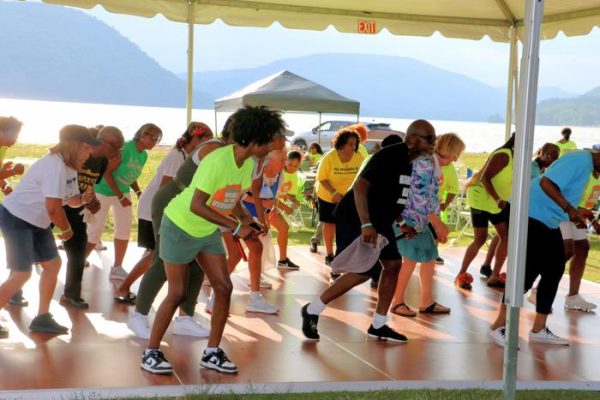
This year, the Wobble takes place on July 26 from 1-6 p.m., with a workshop in the morning from 9 a.m.-12 noon. Hundreds of dancers and choreographers from across the country will be kicking, sliding, pivoting and shuffling to the sounds of R&B and hip-hop. Additional events take place on Friday and Sunday for out-of-town participants.
“The magic of line dance, particularly at such a divisive time in our country, is that it gets people of all ages and races on the dance floor together,” says Dillard. “We learn the steps together, then we dance together, all doing the same movements at the same time.”
He adds, “Line dance can be a lifelong activity that works the muscles of both body and brain. It teaches memory retention and coordination. Even newcomers can begin almost immediately to feel a new level on competence and confidence. It’s simply good for what ails you!
“And, as we like to say in the line dance community, you don’t stop dancing because you grow old. You grow old because you stop dancing.”




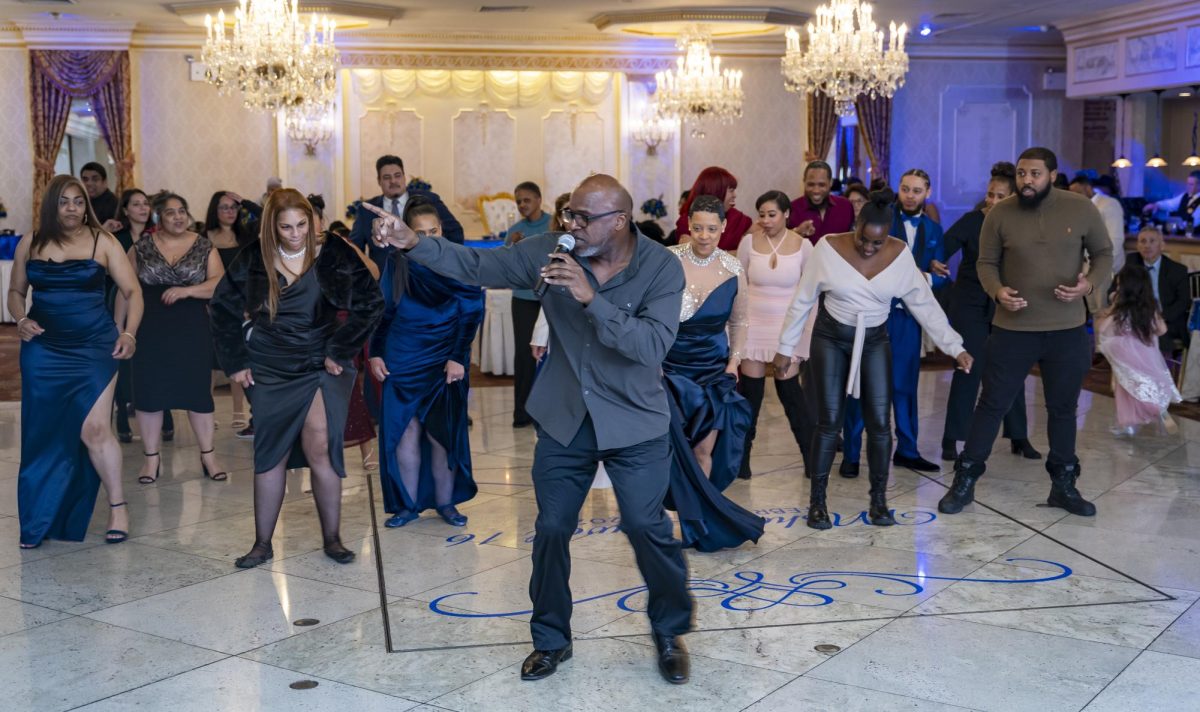

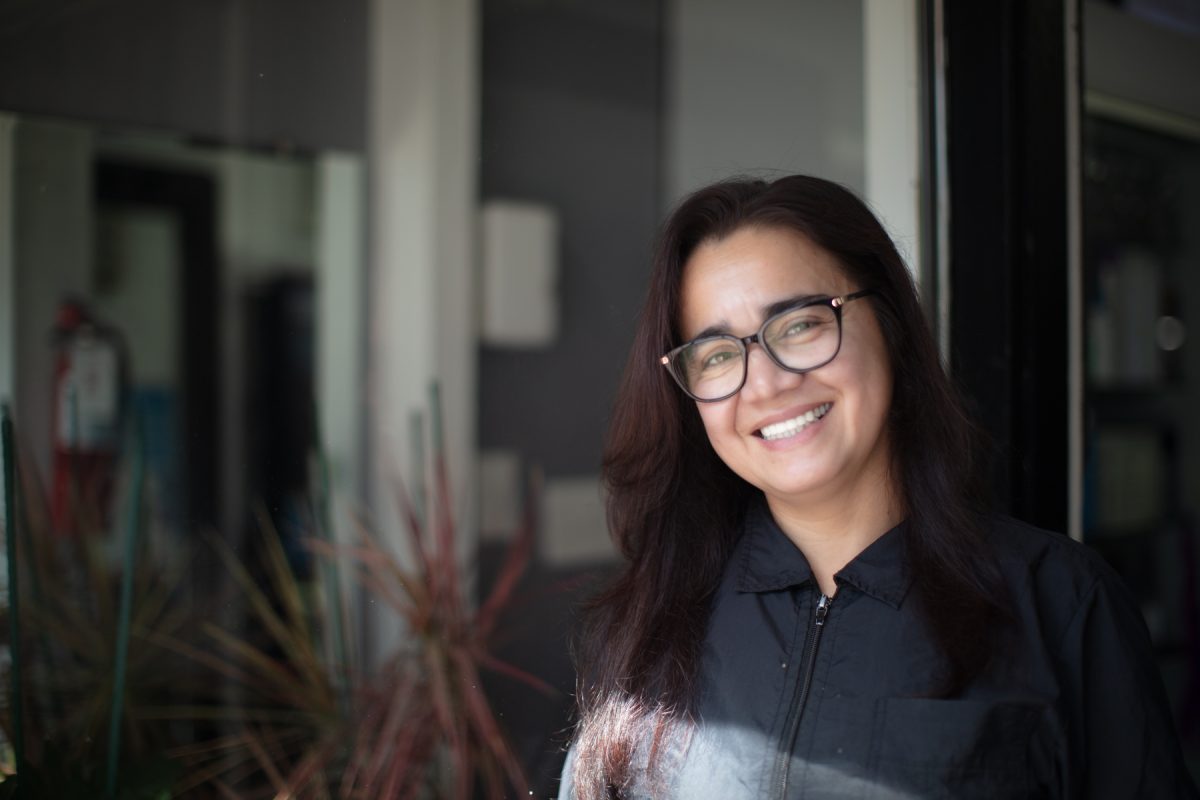
![Esperanza Jimenez of Latin Hair Salon on Park Street. (Deb Liljegren]](https://peekskillherald.com/wp-content/uploads/2025/10/Lead-photo-9-1200x800.jpg)
